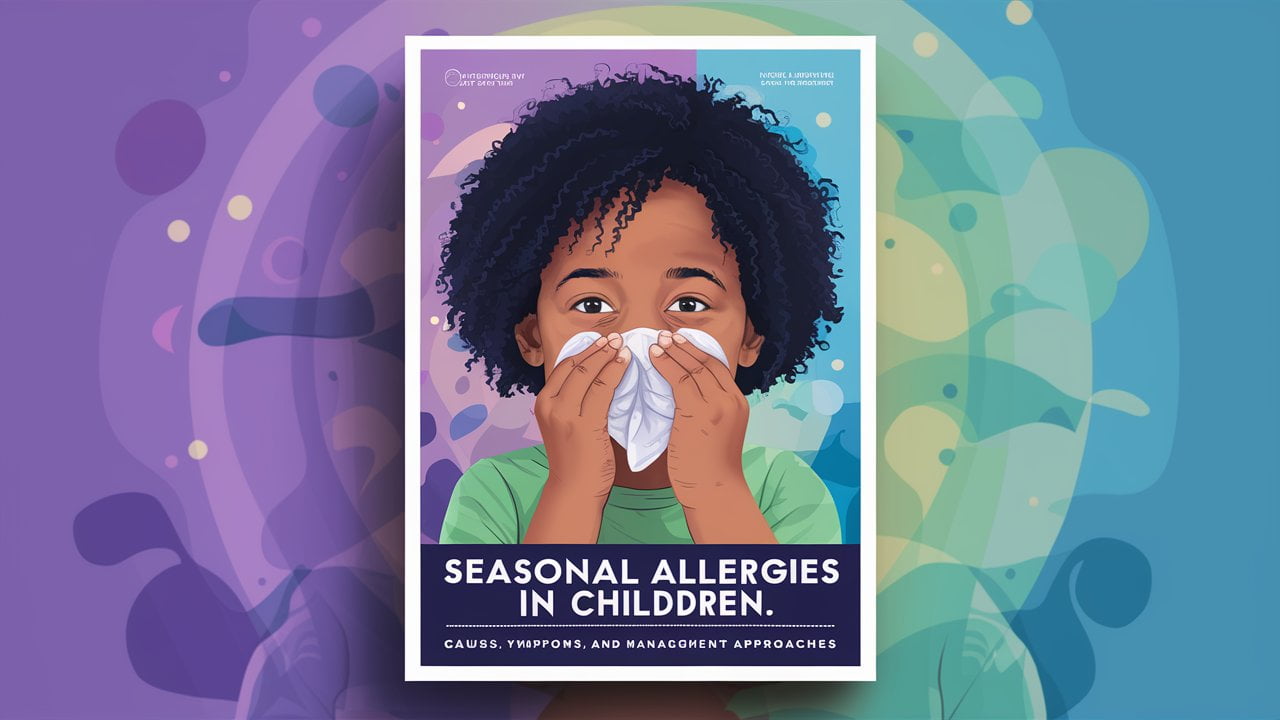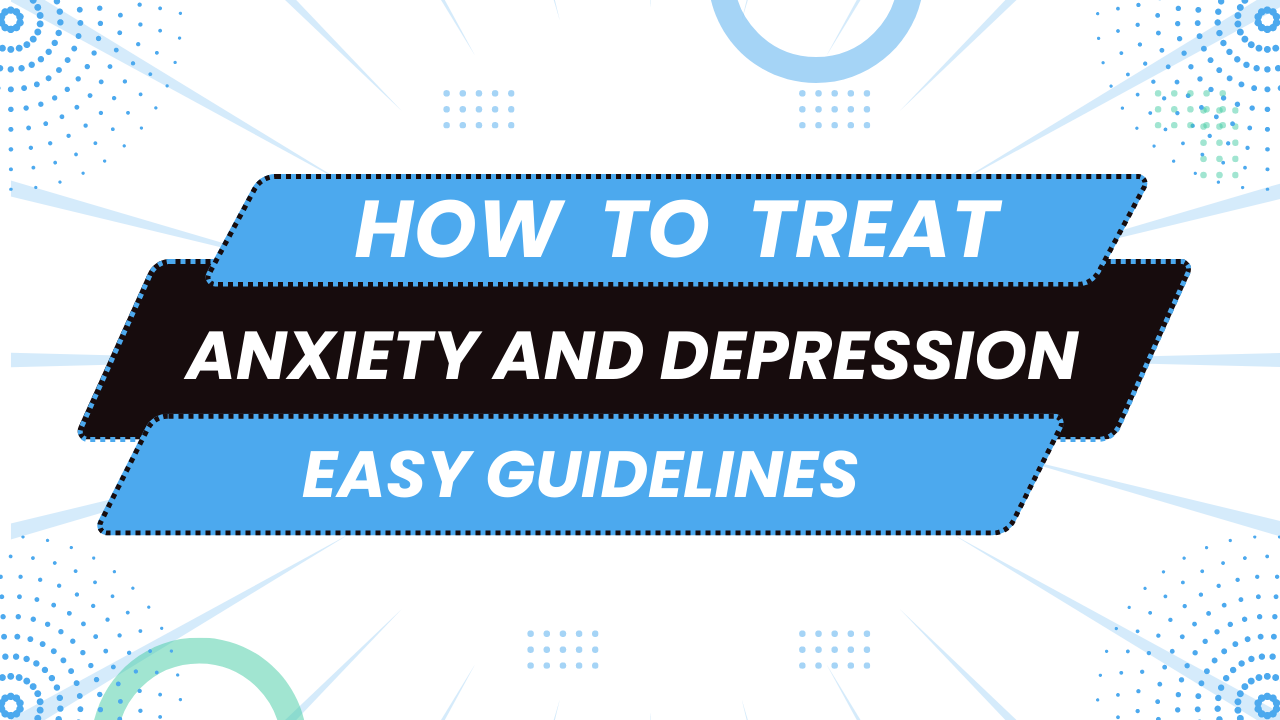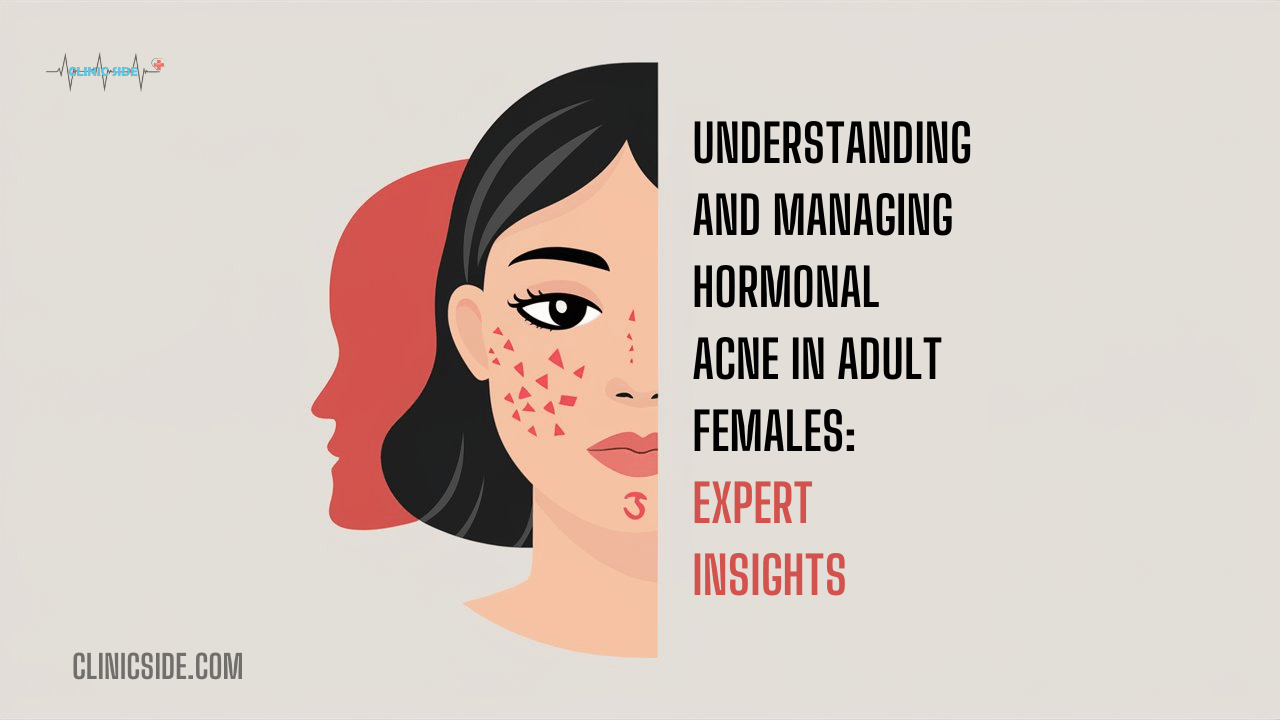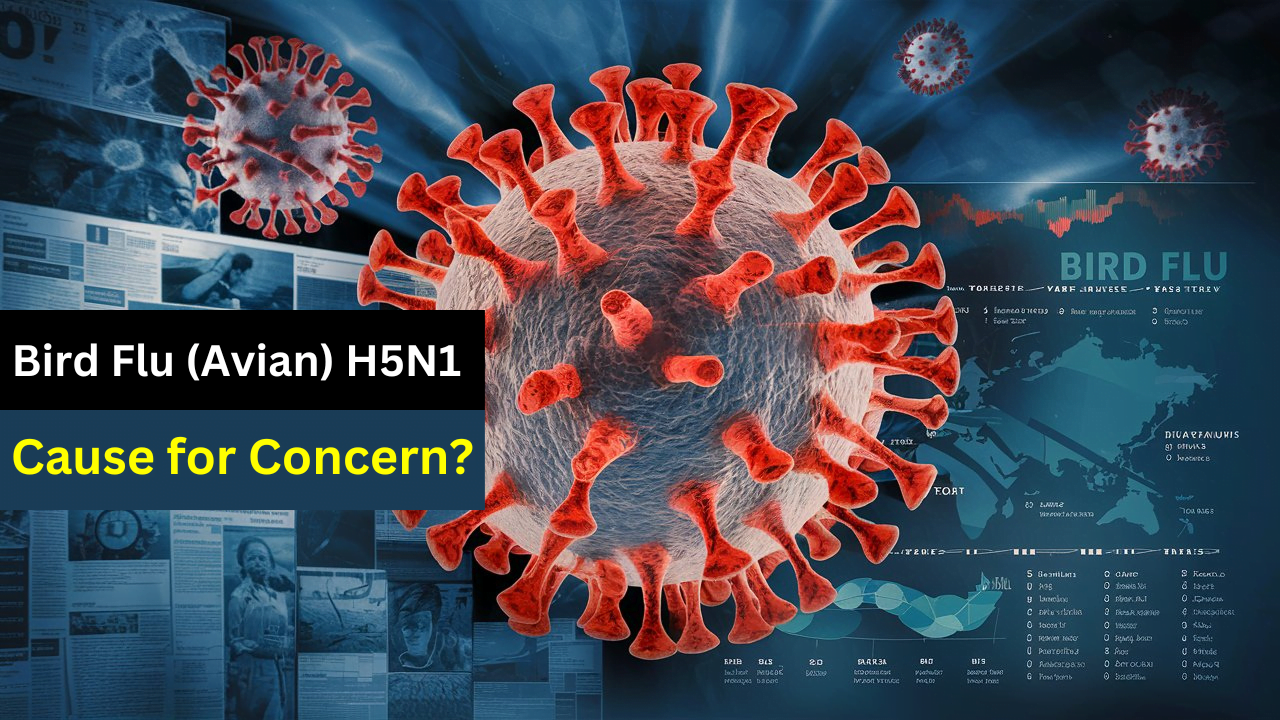
While spring welcomes vibrant colors and sweet smells, most families are faced with a familiar enemy – allergies. Parents may struggle to differentiate between their child having a persistent runny nose and watery eyes due to the common cold or allergic rhinitis. This guide will cover everything you need to know about seasonal allergies in children including what causes them, what triggers them, and how best they can be managed.
Understanding the Allergic Reaction
Immune System Response
Allergic rhinitis (also known as hay fever) is caused by an oversensitive immune system reacting against substances that are usually harmless called allergens found in the environment. The immune system sees these allergens such as pollen as threats thus releasing chemicals to counteract them.
Role of Histamine and Mast Cells
Histamine is released during an allergy attack when mast cells lining the nasal passages, eyes, and lungs come into contact with allergens. This leads to blood vessels becoming more permeable causing inflammation which causes sneezing along with other classic symptoms like stuffy nose or itchy red eyes.
Symptoms
Nasal Symptoms
For children who have hay fever, the main sign is a runny nose which continues and is accompanied by lots of sneezing. Besides, kids may also complain of itching in their noses and a “dripping” feeling at the back of their throats – such symptoms are usually seen in cases with allergic rhinitis.
Eye Symptoms
Seasonal allergies often come together with another condition called allergic conjunctivitis, where the eyes become red, watery, and itchy. These signs may be shown by children who suffer from rhinitis as well – therefore making them even more uncomfortable and irritated.
Behavioral Signs
Young kids don’t know how to say that something hurts or they feel bad so they use gestures instead. This means that if a child keeps rubbing his/her nose up all the time (also known as an “allergic salute”) or has dark circles under their eyes due to blocked sinuses (known as “allergic shiners”), then most likely he/she has got allergic rhinitis.
Management Approaches
Environmental Adjustments
A child can manage seasonal allergies by minimizing contact with allergens. If you wash your hands regularly, change your clothes after playing outside, and keep windows as well as doors closed, you will be able to reduce exposure to these substances which may lead to relief of symptoms.
Non-Medical Treatments
Another strategy is clearing nasal passages of irritants with saline rinses among other non-medical treatments. Equally important is cleaning the indoor environment through regular dusting, vacuuming, and laundering bedding so as to minimize exposure to indoor allergens.
Medications
Pharmacological interventions such as nasal steroid sprays and antihistamines are prescribed for symptomatic relief. Nasal steroid sprays for instance Flonase or Nasacort help in relieving congestion in the nose while reducing inflammation too; on the other hand antihistamines like Zyrtec, Claritin or Allegra alleviate sneezing plus itching.
Medication timing
About ten to fourteen days prior to the beginning of allergy season, starting a nasal steroid spray can help prevent worsening symptoms before they even appear. Antihistamines are usually given once a day at night or in the morning depending on what works best for each person’s symptomatology.
Allergist referral
If the symptoms persist or become refractory and there is lack of identification of allergen triggers or failure of response to medications, then it may be necessary to consult an allergist who could suggest other treatments such as immunotherapy aimed at desensitizing immune system against specific allergens.
Summary/Conclusion:
Children’s health and well-being are disrupted by seasonal allergies which commonly present as multiple nasal and ocular symptoms. Parents should therefore seek to gain an understanding of allergic rhinitis that occurs during certain times of the year so that they can manage these signs more effectively thereby enabling their children to thrive well even in springtime full pollen grains. It would also be good if families take into account some environmental modifications like changing curtains; getting rid of stuffed animals etcetera as well as using drugs together with consulting with specialist doctors because this will make them feel better.




It is very helpful to check our knowledge
nice dear